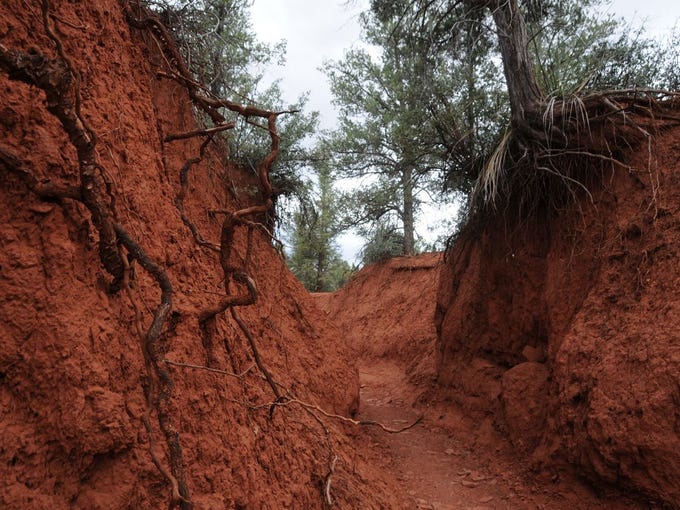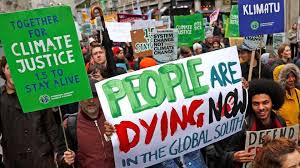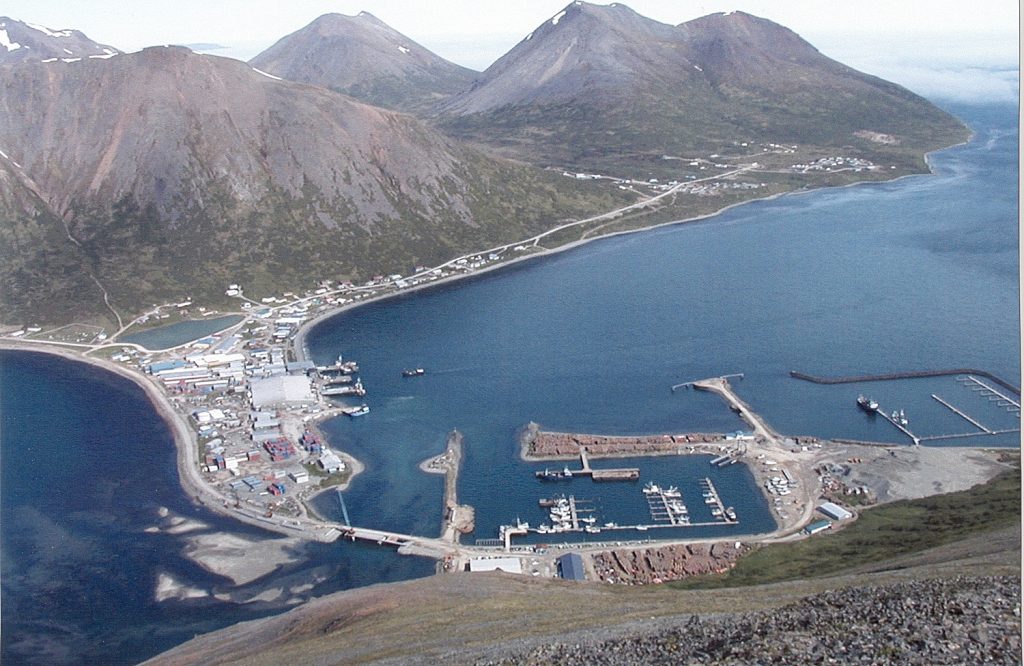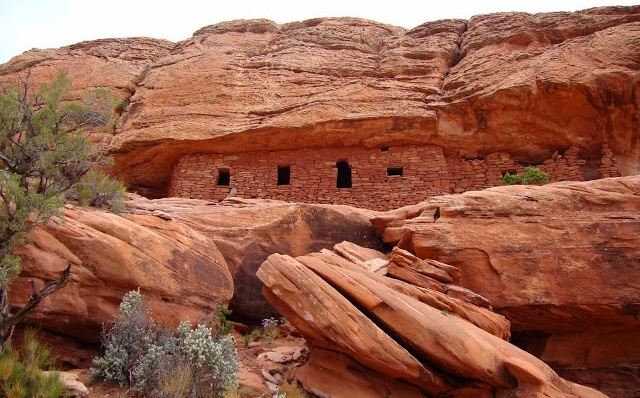But what about a piece of land we would call “wasteland”…What’s the value of a piece of land like that? First of all, a number of environmental groups are clamoring for it to be protected and soliciting contributions to do so.
Dan Dagget
American Thinker, first published July 28, 2017
How the Free Market Heals the Environment
The other day a friend who works for a regional environmental group asked me if I had been doing any environmental restoration projects recently.
I replied that I hadn’t been doing much lately because it had become obvious to me that damaged, desertified, land is so much more valuable than healthy land that there’s not much demand for changing the former into the latter.
He looked extremely puzzled at that. As an environmentalist, he’s absolutely convinced that his job and his life work is to make unhealthy land healthy.
What’s a green piece of land here in the southwest (restored or otherwise) worth? If it’s the kind of remote land which we typically call “rangeland” and, if it’s green enough to be called “healthy”, most likely it will produce a few burgers of the sort that sell for a buck or two at a fast food joint and that’s about it. How valuable is that?
But what about a piece of land we would call “wasteland?” In really bad shape, mostly bare dirt with a few trees (a number of which are dying) and lots of erosion. The remnants of grassland obviously deteriorating and dying. Many of the plants are non-natives called “invasives” which we are encouraged to uproot whenever we encounter them, and the roots of all of the above are protruding out of the walls of deep, rapidly growing gullies.
What’s the value of a piece of land like that? First of all, a number of environmental groups are clamoring for it to be protected and soliciting contributions to do so.
Quite likely this land is being pushed for national monument status or maybe even “wilderness” designation, which will maximize its protection. Hence, more contributions.
Almost certainly this land is the home of at least one or more species designated as threatened or endangered.
To top it all off, without a doubt, this deteriorated land is described as a casualty of climate change and global warming, meaning its barren expanses and deepening gullies provide material for Al Gore’s claim that it will take something like $15 trillion dollars to reverse this trend and avert the end of life on Earth.
Add politicians using this land to make the case for their candidacy for public office up to and including the presidency. Then, extend that with all the government agencies those politicians will create, which will in turn ask for budget increases to enable them to hire more people to enforce all the regulations, and I think you’re beginning to get an idea of the value of ecologically damaged land.
There’s an area not too far from my house that has been “protected” since the mid-1980s, and I have photo evidence from the U. S. Forest Service that its gullies and barrenness have happened since protection was imposed. What’s the remedy being proposed to bring this land and a lot of surrounding land in similar condition back to ecological function and health? More protection, of course, along with national monument designation, the issue that helped get our congressional representative elected, to make sure that protection is irreversible.
Appropriately enough this place is called the “Canyon of Fools.”
A little further from my house, but close enough to be in the same river drainage, is a 40-acre study area set aside in the 1940s by the USFS as a means to illustrate how effective protection is as a means of healing land damaged by human impact. Within this area the Forest Service installed a number of monitoring transects to enable it to measure, record, and, thus, prove how fast and how effectively protection enabled this land to recover from its overgrazed and overused condition.
These transects have done their job admirably but the conclusion they provide is the exact opposite of what was intended. All the transects have been abandoned. The reason seems obvious? The way most of these study plots were designed to be read is by stretching a 100-foot tape between metal stakes marking the site and counting, listing the species, and noting the condition of the plants that grew within that 100 feet. How many of those 70+ years would it take for you to “get the message” when reading those transects meant driving to a remote location in the Arizona Desert, walking into the desert, stretching the tape, and writing down “0.”
So what use is “protection?”
Well, although those protected areas aren’t producing much that’s alive, growing, biodiverse, carbon sequestering, and sustainable, they are still producing the billion$ that I listed above. That’s an obviously sufficient reason to keep protecting huge areas of the West despite the counterindication of those abandoned study plots. If you subscribe to the conventional wisdom that the way to solve all environmental problems is to protect whatever is afflicted from the afflicters, i. e., humans, the only tool you have is protection. So, if protection doesn’t heal a piece of land, the only solution available to you is to protect it more.
As they are doing in the Canyon of Fools.
Not too far from this collection of abandoned counterindicative study plots is another series of study plots on land that is managed according to the function of the free market.
Free Range Report
Thank you for reading our latest report, but before you go…
Our loyalty is to the truth and to YOU, our readers!
We respect your reading experience, and have refrained from putting up a paywall and obnoxious advertisements, which means that we get by on small donations from people like you. We’re not asking for much, but any amount that you can give goes a long way to securing a better future for the people who make America great.
[paypal_donation_button]
For as little as $1 you can support Free Range Report, and it takes only a moment.



